The Fourth Industrial Revolution (4IR), as a term coined only in 2015, remains a relatively fresh concept. However, the digital transformation which sits at the very heart of the 4IR has been evolving for decades and has created an ever-pressing demand for corporates to keep up with the pace of change or risk being left behind.
The network of disruptive technologies and trends which makes up the 4IR – including the Internet of Things (IoT), virtual reality, artificial intelligence (AI) and Big Data – has already had a profound impact on the way businesses operate across all sectors.
Companies globally are scrambling to understand and harness these emerging technologies, and many have plans to make significant investments in both AI and the IoT. These plans mark the continuation of an already longstanding trend with investment in IoT increasing 13% annually since 2016, and the overall IoT market expected to reach USD 1.1 trillion by the end of 2021.[1] Mining is certainly not exempt from these developments, and companies in the sector have been proactively exploring 4IR-related solutions for a number of years.
Exponential opportunities
AI-driven solutions can deliver substantial benefits and efficiencies to mine operators. Machine learning (ML) in particular, which is an application of AI that gives systems the ability to automatically learn and improve from experience, has a lot of potential in this sphere.
"Machine learning, an application of AI that gives systems the ability to automatically learn and improve from experience, has a lot of potential for mining companies."
4IR technologies have many highly attractive applications within the mining sector. Exploration geophysicists already exploit a wide array of sensing technologies to build models of geological deposits and these techniques are expensive and labour intensive, resulting in relatively sparse data from often disparate sources – sensing modalities, geophysical models and human experience among them. ML can bridge the gaps among these datasets by identifying and exploiting subtle patterns that would otherwise go unnoticed.
Automation is another stand-out application of 4IR technologies. Anglo American, for example, has been developing rock cutting methods in its underground mines in South Africa through digitising technical equipment. The method involves using robots to perform the cutting, which allows for the breaking of rock in a continuous fashion without putting people at risk. The aim is for these robots to be fully autonomous and enhanced through ML techniques. Using this technology makes it possible to continuously cut rock without starting and stopping or having issues with re-entering, potentially increasing productivity by 20-30%.
It is no surprise, then, that expectations are high for these transformative technologies. A number of studies have found that the productivity of South African mining operations for key commodities declined between 2014 and 2019.[2] The COVID-19 global pandemic has exacerbated this decline: productivity fell 73.1% in the second quarter of 2020, and has not recovered to date. Both the long- and short-term declines in productivity increase pressure to improve efficiency. Automation has been put forward as a significant part of the solution for this, and there have been a number of reports suggesting that South African mining companies can drive real gains in productivity within the space of a few years if they step up adoption. A 2018 proof of concept project at a South African opencast coal mine, for example, saw the introduction of autonomous trucks result in a 100% increase in productivity.
Adoption of autonomous machinery is already well underway in Australia, where more than 80% of the worlds 459 autonomous haul trucks are in use.[3] Perth-based Resolute Mining has also embraced ML, building the world’s first fully autonomous underground mine with driverless trucks, loaders and drills at the Syama gold mine in Mali. The consensus from industry experts is that that these initiatives will boost productivity and cut mining costs by up to 30%.
The future of work
For mineworkers, however, the advent of automation is raising some important questions about job security and the future of work. While the 4IR will spur demand for technology-enabled, skilled work, the need for unskilled labour will likely decline. A shift of this kind may result in a mismatch between the available skills of local communities – for whom mining projects have historically presented attractive employment opportunities – and the new skills required to operate, supervise and service emerging technologies.[4] Mining companies will therefore have to strike a balance between the enhanced efficiencies of the 4IR and efforts to prevent company-community conflict. This includes exploring skills development programmes and ESG initiatives to support technology-driven transitions as, for example, the World Economic Forum’s Mining and Metals Industry community has pledged to do.
"Mining companies will have to strike a balance between the enhanced efficiencies of the 4IR and efforts to prevent company-community conflict."
Nevertheless, workers are also set to benefit from the 4IR, especially the applications of ML to mine safety procedures. Given the range of mechanical and electrical equipment needed for large mining operations and the huge operational and safety risk associated with equipment failure, there is significant scope for ML-based, predictive maintenance techniques. Real-time monitoring and forecasting of micro environmental conditions like air quality and radiation levels using ML-based predictive technology can also add a preventative edge to worker safety initiatives.
In addition to improving existing models, the 4IR also offers the potential to open up entirely new opportunities, some of which would have been science fiction only a few years ago. The Minerals Council of South Africa highlighted a number of avenues that miners can turn to with the support of these new technologies, including deep sea mining, recovery of precious metals and rare earths from consumer goods, and even exploiting resources from asteroids.[5]
An evolving cyberthreat landscape
The potential of these 4IR technologies is vast; however, so are the cybersecurity threats and reputational damage that can accompany them. In particular, the interconnectivity that comes with the IoT presents some significant new vulnerabilities.
For years operational technologies (OT) used by miners have been siloed, shut off from IT networks, which limited the cyber risk they were exposed to. However, as OT digitises and moves into a 4IR environment, the associated risk grows markedly. CyberX’s 2020 Global ICS & IIoT Risk Report found vulnerabilities and flaws in basic cyber security at industrial sites around the world: 62% of industrial sites used outdated Windows systems which will not be supported by patches if vulnerabilities are found and can therefore fall prey to more advanced cyber-attacks. Furthermore, 66% were not running anti-virus software that updated signatures automatically.[6]
"As operational technology digitises and moves into a 4IR environment, the associated risk grows markedly."
The consequences of an IoT device that is within a corporate network but does not have appropriate security can be disastrous. These unprotected devices may provide an entry point to infect corporate databases, potentially exposing a huge volume of private customer or employee data over a short period of time.
A further issue comes from AI algorithms, which are becoming ever more central to how organisations do business. Attacks on these algorithms could lead to automated, unchecked business decisions that could result in harm to customers, businesses and brands alike. If an attacker was able to manipulate an AI algorithm used by an entity to make key business decisions, they could cause havoc. And if these algorithms are black boxed (i.e. a company will not know what the internal workings are, just the input and output) it may not even be obvious that they have been manipulated.
While many would assume this sort of attack would require a high level of sophistication, it is feasible for non-technical individuals to use existing online tools to launch such attacks, making them a potentially much more ubiquitous threat.[7]
"Without putting cyber safety first, companies may undermine their growth efforts and expand the risks to manufacturing, heavy industry and key infrastructure."
The existence of these risks does not imply that mining companies should shy away from 4IR technologies. Indeed, it will likely become increasingly difficult to avoid them and remain competitive, which is why the mining sector has embraced technological leaps in recent years. But companies must remember to adequately protect themselves to ensure that they do not lose the benefits of these advancements as a result of weak cyber security measures. According to a 2020 survey of mining firms carried out on behalf of Inmarsat, while 65% of respondents have deployed an IoT device within their organisation, just 34% reported that they patch and update their networks to mitigate critical vulnerabilities and exposures. This imbalance of an increasing attack surface without investment in appropriate mitigating controls poses a severe cyber risk moving forward.[8]
Protect, prepare and proceed
While businesses should embrace the 4IR, they should also be prepared to combat cyber threats capable of infiltrating networks and spreading at a staggering rate. Without putting cyber safety first, companies may undermine their growth efforts and expand the risks to manufacturing, heavy industry and key infrastructure. People are often the weakest link in a company’s cyber defences, and training for mining employees, who may be presented with internet-connected technologies - despite never having to seriously consider cybersecurity before - is an essential step. Both education and investment in cybersecurity is vital if companies don’t want the opportunities presented by the 4IR to slip through their fingers..
Opportunities & Risks:
REFERENCES
[1] ‘What is the future for Industry 4.0 in the post COVID-19 world?’, USB Chief Investment Office, 23 June 2020.
[2] ‘Putting the shine back in South African mining’, McKinsey & Company, February 2019.
[3] ‘Australia dominates global autonomous haul truck use with numbers set to triple’, Mining Technology, 17 March 2020.
[4] Burns, C., & Church, J. (2019). How automation is altering the local benefits of mining. Canadian Mining Journal.
[5] Woude, S. v. (2019). Challenges in Mining for the Fourth Industrial Revolution. Johannesburg: Minerals Council of South Africa.
[6] CyberX. (2019). 2019 Global ICS & IIoT Risk Report.
[7] Comiter, M. (2019). Attacking Artificial Intelligence: AI's security vulnerability and what policymakers can do about it. Belfer Center for Science and International Affairs, Harvard Kennedy School.
[8] ‘Mining industry undergoing IoT revolution new Inmarsat research finds’, Inmarsat, 13 May 2020
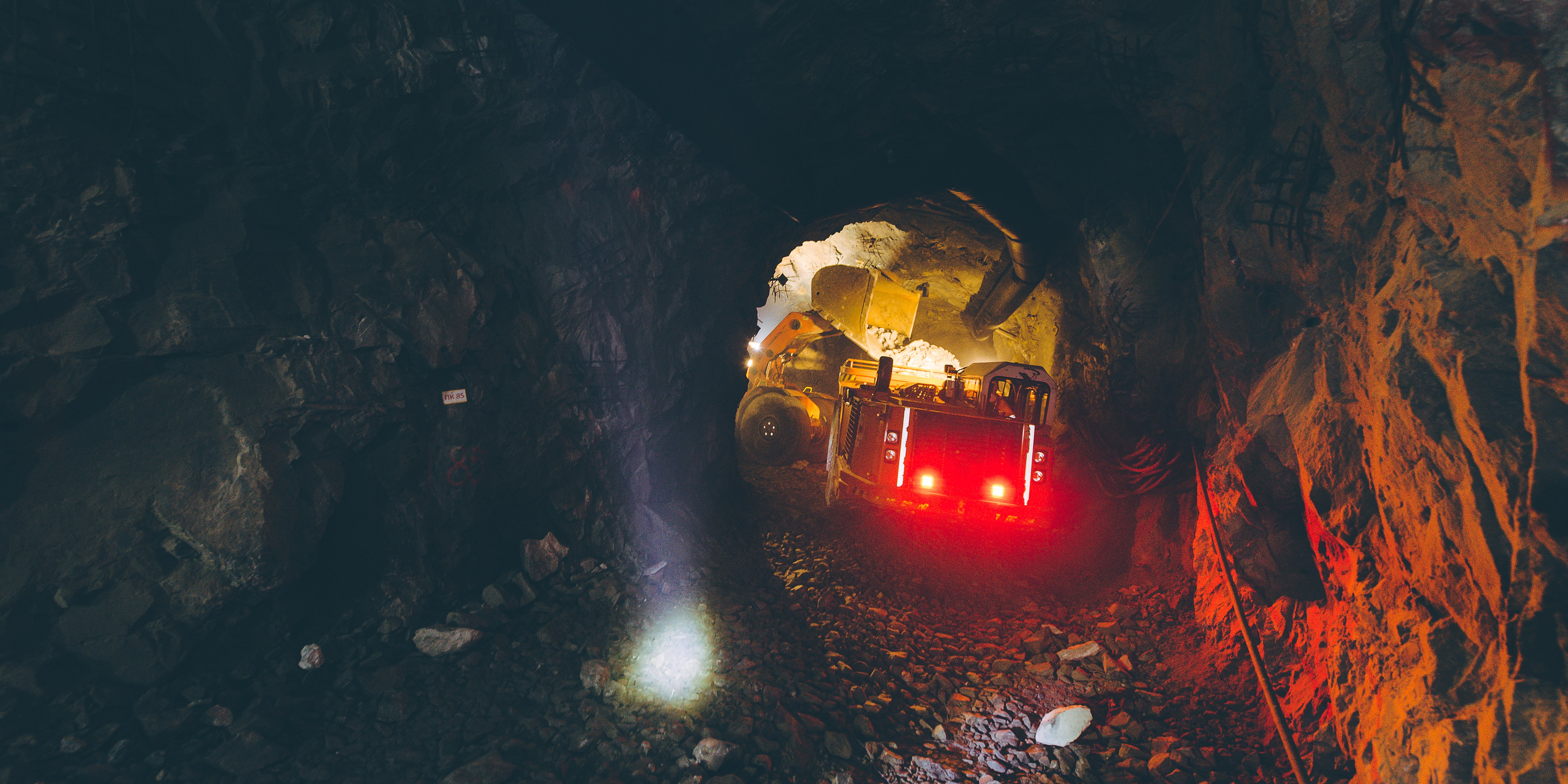
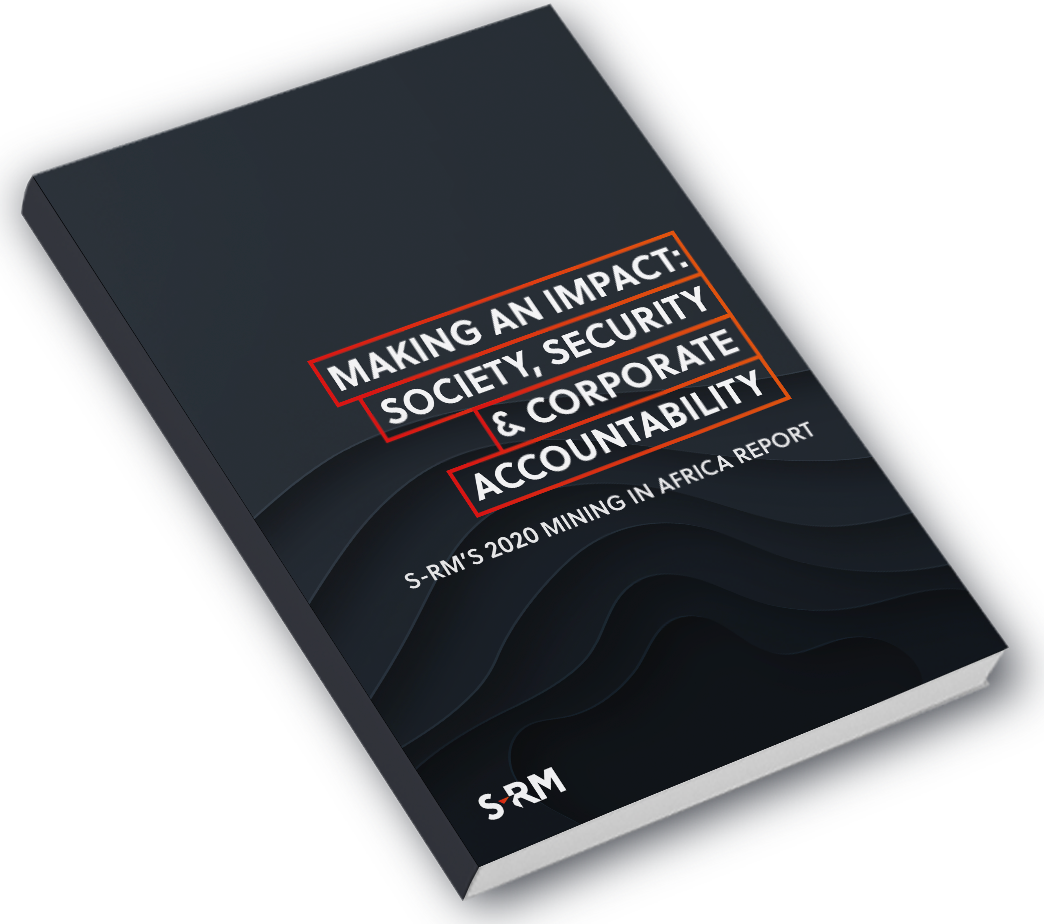

 Email Tim
Email Tim
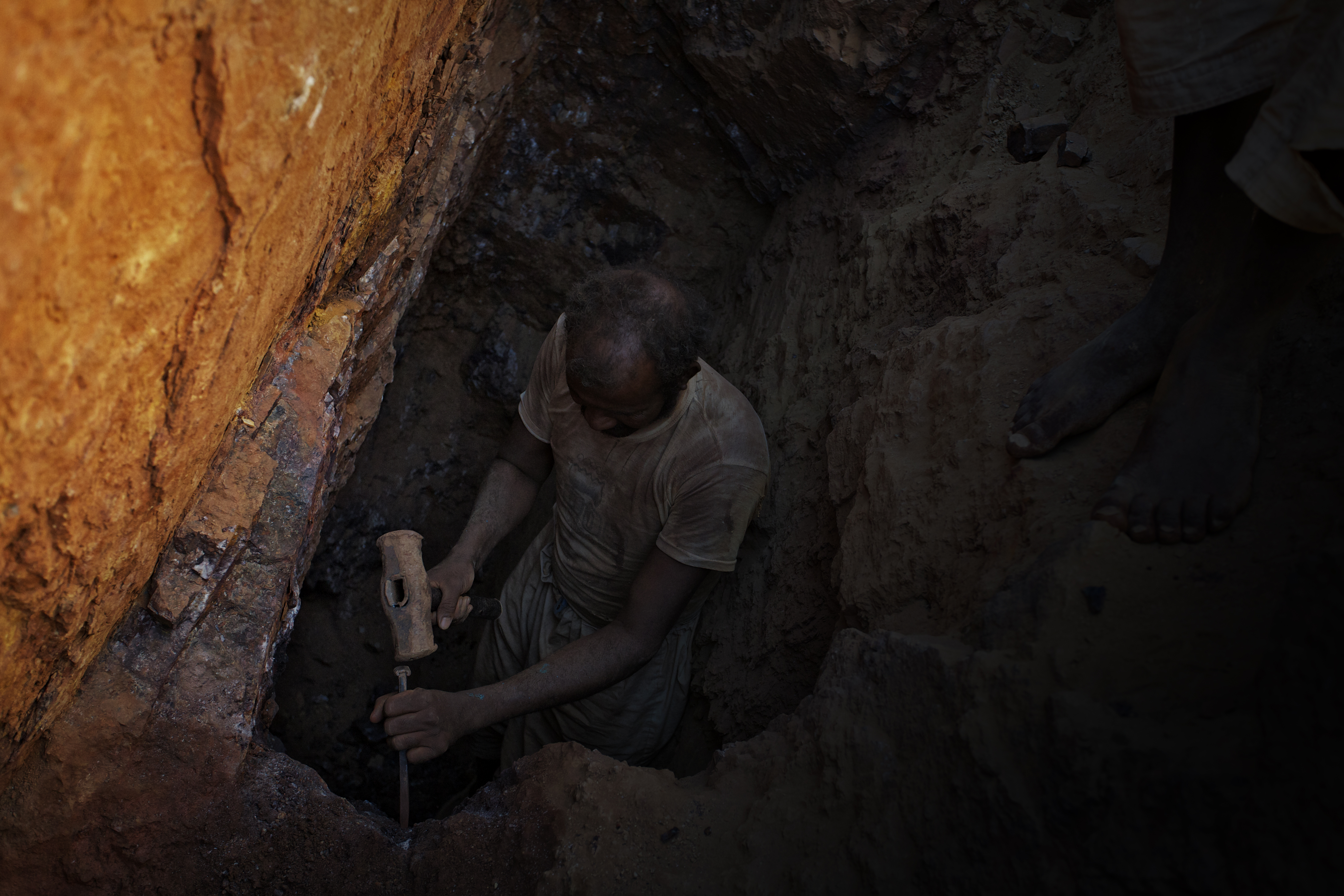
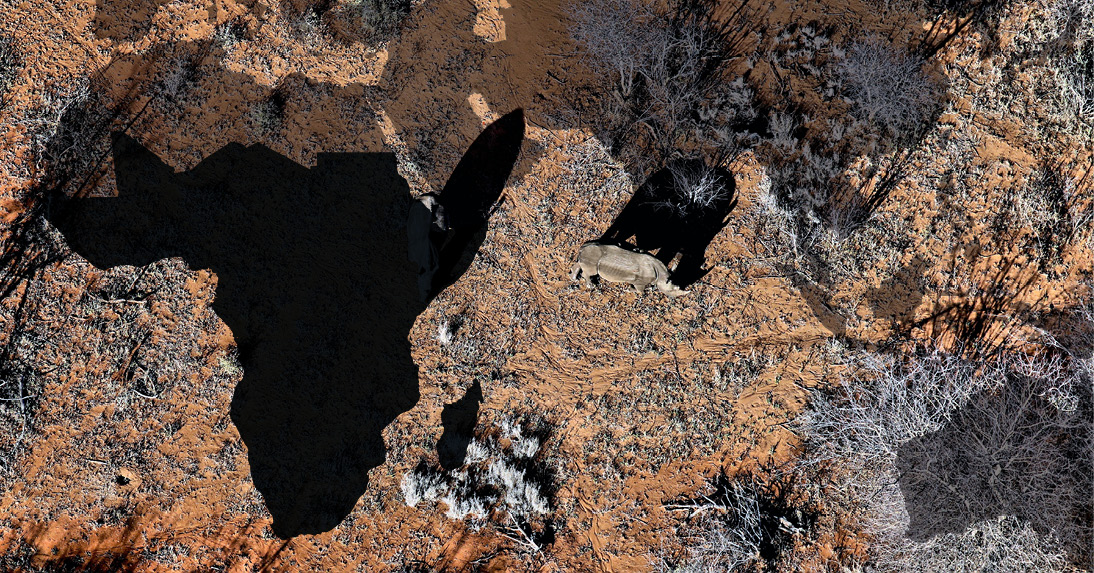
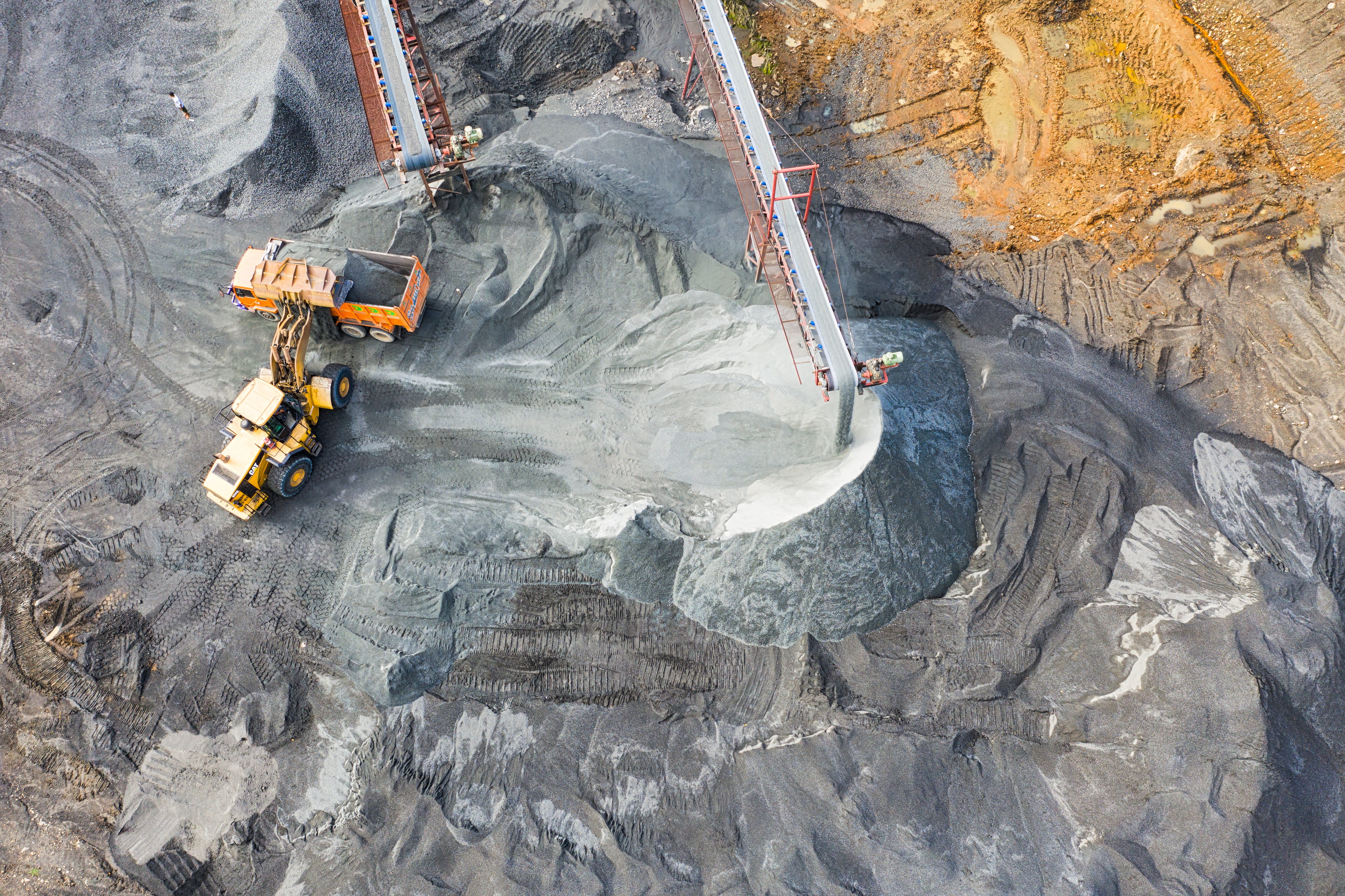

 @SRMInform
@SRMInform
 S-RM
S-RM
 hello@s-rminform.com
hello@s-rminform.com

